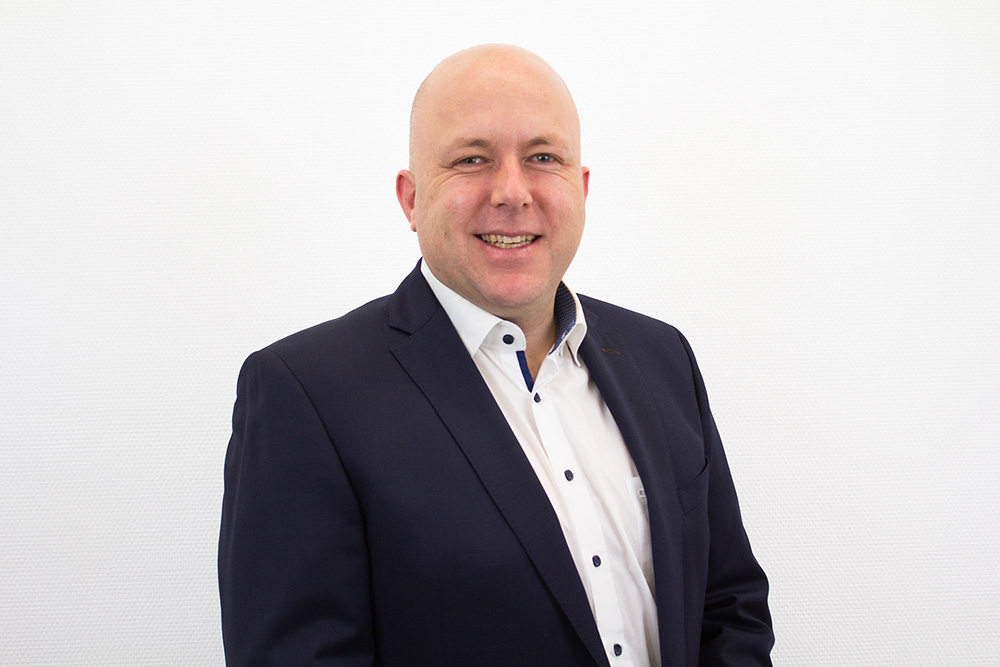
Prof. Dr. Tobias Bader
- Sustainable Energy Systems
- Technology Management
- Transdisciplinary Research and sustainable Solutions
Professor
Professor TC Mainburg
consulting time
by appointment via E-mail (latest information regarding consultation hours in I-learn)
Vita
Professional Career
- Professor, Technische Hochschule Deggendorf (since 2021)
- Lecturer Mechanical, Energy and Industrial Engineering, Botswana International University of Science and Technology
- Consultant GIZ, BMWi Renewable Energy Export Initiative, Subsahara Africa
- Qualitätsmanager, Continental AG, Ingolstadt
- Research Associate, Institute for new Energy Systems, Ingolstadt
- Innovation Manager, Dräxlmaier Group, Vilsbiburg
Studies:
- PhD in Mechanical Engineering, De Montfort University Leicester, United Kingdom (Dissertation: Solar desiccant evaporative cooling with multivalent use of solar thermal heat)
- Zertifikat Hochschullehre Bayern, BayZiel Didaktikzentrum, Ingolstadt
- Diplom-Wirtschaftsingenieur (FH), Technische Hochschule Ingolstadt